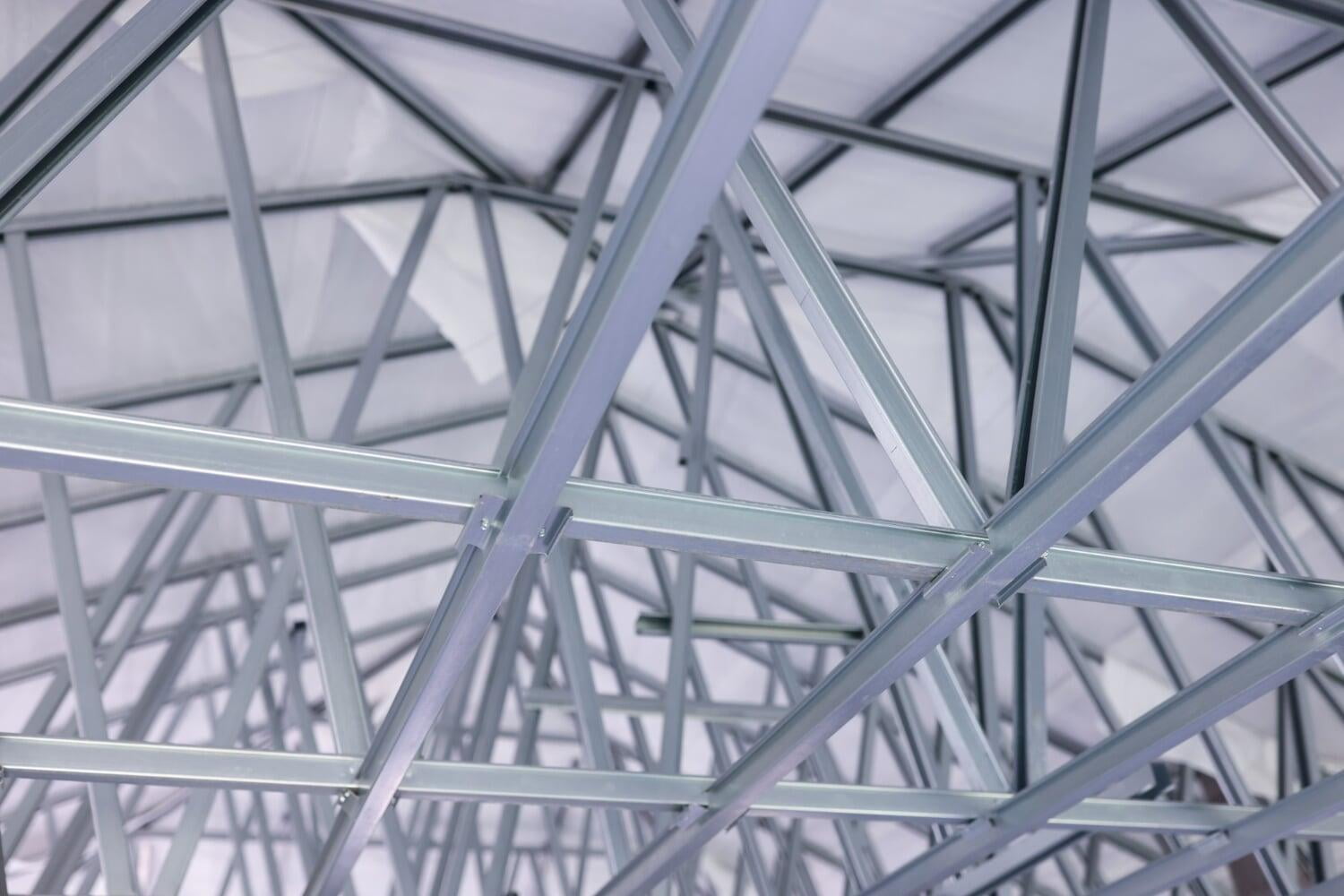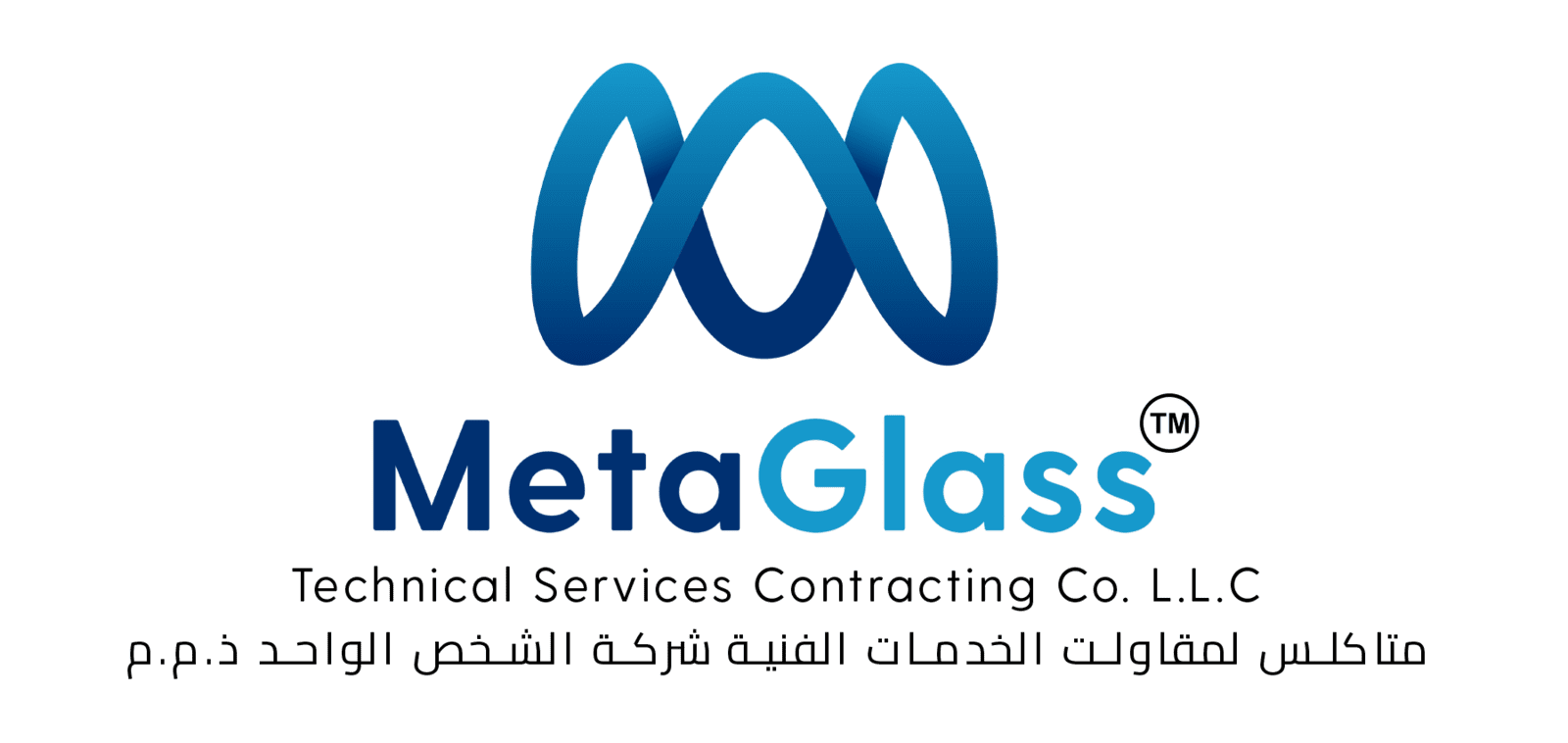Galvanizing is a process of applying a protective layer of zinc on the surface of a metal to prevent it from rust and corrosion. The process involves immersing the metal object in a bath of molten zinc, which forms a metallurgically bonded coating with the base metal. This coating protects the metal from the effects of weather, temperature changes, and other environmental factors.
Hot-dip galvanizing is a specific type of galvanizing that involves immersing the metal object in a bath of molten zinc at a temperature of around 450°C. The high temperature of the zinc bath ensures that the coating adheres tightly to the base metal, resulting in a durable and long-lasting finish. Hot-dip galvanizing is commonly used to protect steel and iron products such as pipes, fencing, handrails, and structural steel. The process provides excellent corrosion protection even in harsh environments and can extend the life of the metal product significantly. One of the advantages of hot-dip galvanizing is that it creates a complete and continuous coating on the surface of the metal object. This coating is thicker and more uniform than other types of coatings, such as spray painting or electroplating, making it more resistant to damage and corrosion.
In summary, galvanizing and hot-dip galvanizing are important processes used to protect metals from rust and corrosion, particularly in harsh environments. They provide durable and long-lasting protection and are commonly used in construction, transportation, and other industries where metal products are exposed to the elements.



